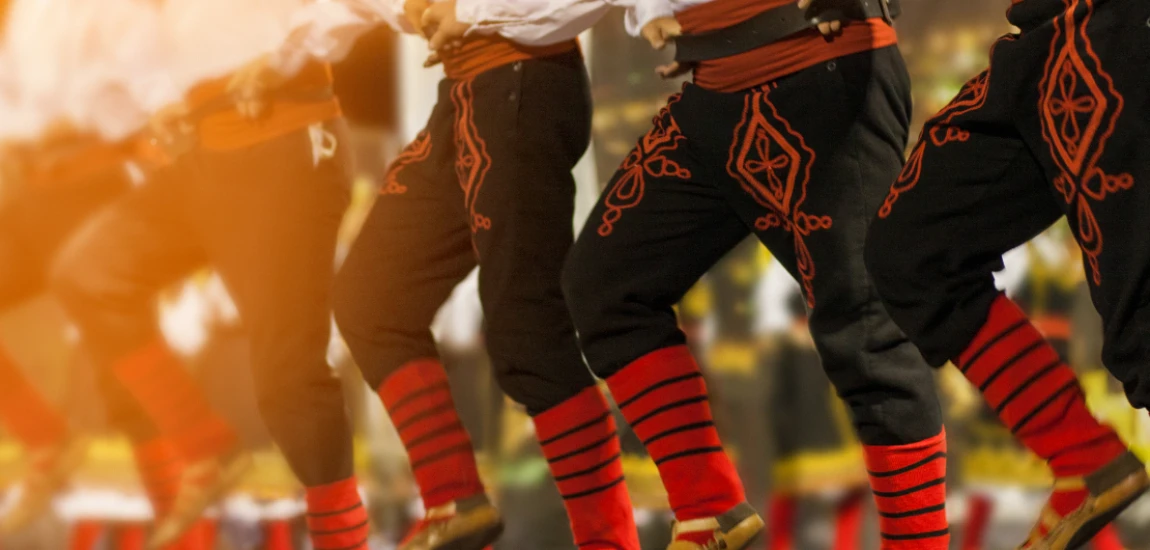The New Mythology: Internet Folklore, Creepy Pasta & Modern Lore

Every culture in history has had its mythology—oral traditions, legends, and folktales passed down through generations. Today, the internet has become the campfire where new myths are born. From viral creepypasta stories like Slender Man to haunted TikTok accounts and ARGs (alternate reality games), digital folklore thrives in online spaces. These stories blur fact and fiction, spreading rapidly and shaping collective fears, humor, and cultural identity.
This phenomenon isn’t just entertainment. It represents a new mythology for a hyper-connected age, where memes, screenshots, and viral videos serve as modern equivalents to oral storytelling. What once required centuries of retelling now evolves overnight in forums, subreddits, and Discord servers.
In this blog, we’ll explore the roots of internet folklore, how creepypasta turned into a global storytelling genre, and what modern digital lore reveals about our anxieties, creativity, and need for mythmaking.
Defining Internet Folklore: Digital Myths for a Digital Age

What Counts as Internet Folklore?
Internet folklore refers to stories, myths, and narratives that originate, spread, and evolve online. Unlike traditional folklore tied to specific communities or regions, digital folklore transcends geography. Memes, chain emails, viral challenges, and ghost stories all become part of a shared global mythos.
The Evolution from Oral to Digital Tradition
Traditional folklore survived through repetition, retelling, and adaptation. Internet folklore follows a similar path—except much faster. A Reddit thread, YouTube video, or TikTok post can spawn countless retellings, remixes, and adaptations within days. Each iteration builds on the last, creating a constantly shifting mythology that reflects digital culture’s speed.
Examples of Early Internet Lore
Classic examples include chain emails warning of curses if not forwarded, stories of haunted video games (Ben Drowned), or the rise of “lost media” legends where fake shows or episodes spark obsessive searches. These stories act as collective myths for internet generations, filling the same cultural role as campfire ghost tales.
The Rise of Creepypasta: Horror Stories for the Web

What Is Creepypasta?
Creepypasta refers to short horror stories or urban legends circulated online, especially in forums and social media. The name comes from “copypasta,” or text copied and pasted across platforms. Stories like Slender Man, Jeff the Killer, and Smile Dog became viral, spreading through shared texts and eerie images.
Why Creepypasta Resonates
Creepypasta taps into the unique fears of the internet age: anonymous strangers, haunted technology, corrupted files, or uncanny images. Unlike traditional folklore tied to forests or haunted houses, creepypasta lives in the spaces we frequent most—our screens. This makes the horror more immediate and personal.
From Niche Forums to Mainstream Media
Initially popular on sites like 4chan and creepypasta-specific wikis, these stories spread to YouTube, TikTok, and even mainstream entertainment. Fan art, video adaptations, and ARG-style storytelling elevated creepypasta into a multimedia phenomenon. Today, they’re recognized as one of the most important forms of internet folklore, inspiring games (Slender: The Arrival) and even film adaptations.
Modern Lore: ARGs, TikTok Hauntings, and Meme Legends

Alternate Reality Games (ARGs)
ARGs blur the lines between story and reality by using websites, social media accounts, and real-world clues to immerse participants. Examples like Marble Hornets or Cicada 3301 create lore that feels alive, where players co-create the myth. These interactive experiences are a hallmark of modern folklore, transforming storytelling into community-driven mythmaking.
TikTok as a Haunted Space
On TikTok, users create “haunted” accounts or share unsettling content framed as real experiences. Accounts showing cursed houses, glitching simulations, or mysterious noises spread rapidly, feeding into the simulation-like unreality of digital spaces. This new form of folklore thrives on visual immediacy and algorithmic amplification.
Meme Legends and Shared Mythology
Not all modern lore is scary. Meme-driven legends—like Shrek is love, Shrek is life or playful fan conspiracies—add humor to internet mythology. These stories evolve into inside jokes that bind communities together, acting as folklore in a lighter, more ironic sense.
Why We Create Digital Myths: Cultural and Psychological Roots

The Need for Shared Stories
Humans are wired for narrative. In a fragmented digital world, internet folklore gives us shared reference points. Whether through horror or humor, these stories build community across otherwise isolated online spaces. They act as digital campfires, creating connection in a landscape often marked by disconnection.
Anxieties of the Digital Age
Much of internet folklore reflects cultural fears. Haunted games echo worries about technology’s dark side. Creepy viral videos mirror concerns about surveillance, anonymity, and the unknown lurking online. These myths reveal the collective psyche of a generation raised on screens.
The Blurring of Real and Fake
Digital folklore thrives precisely because it blurs fact and fiction. A video might be staged, but the thrill comes from not knowing. This ambiguity makes myths sticky—users share them because they invite speculation. Just as older cultures debated the truth of legends, we now debate whether a cursed TikTok or hidden subreddit mystery might be real.




